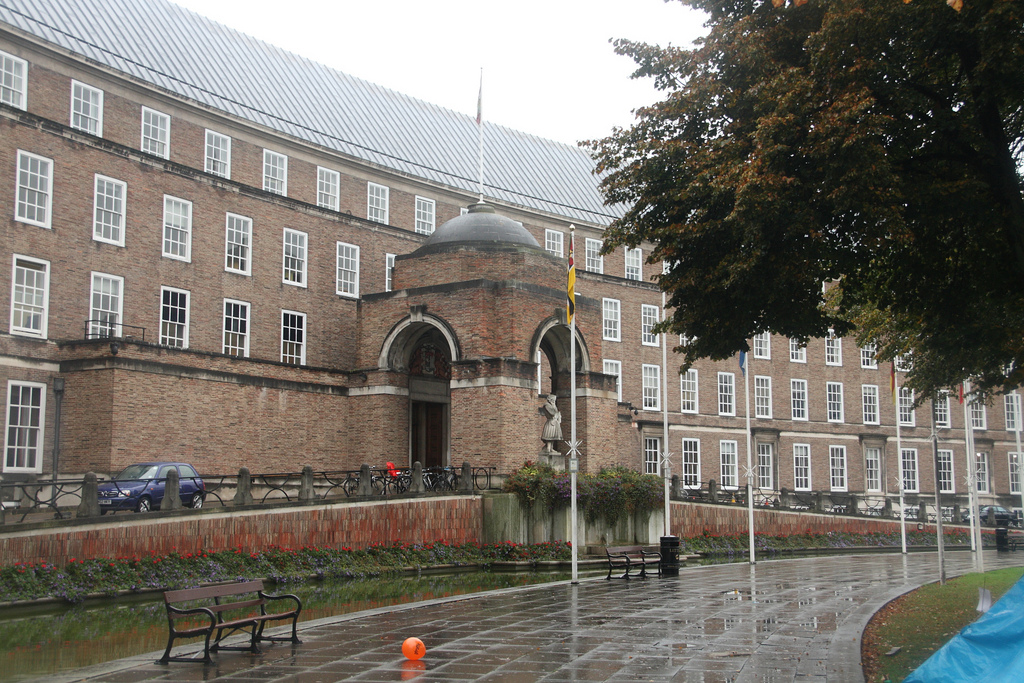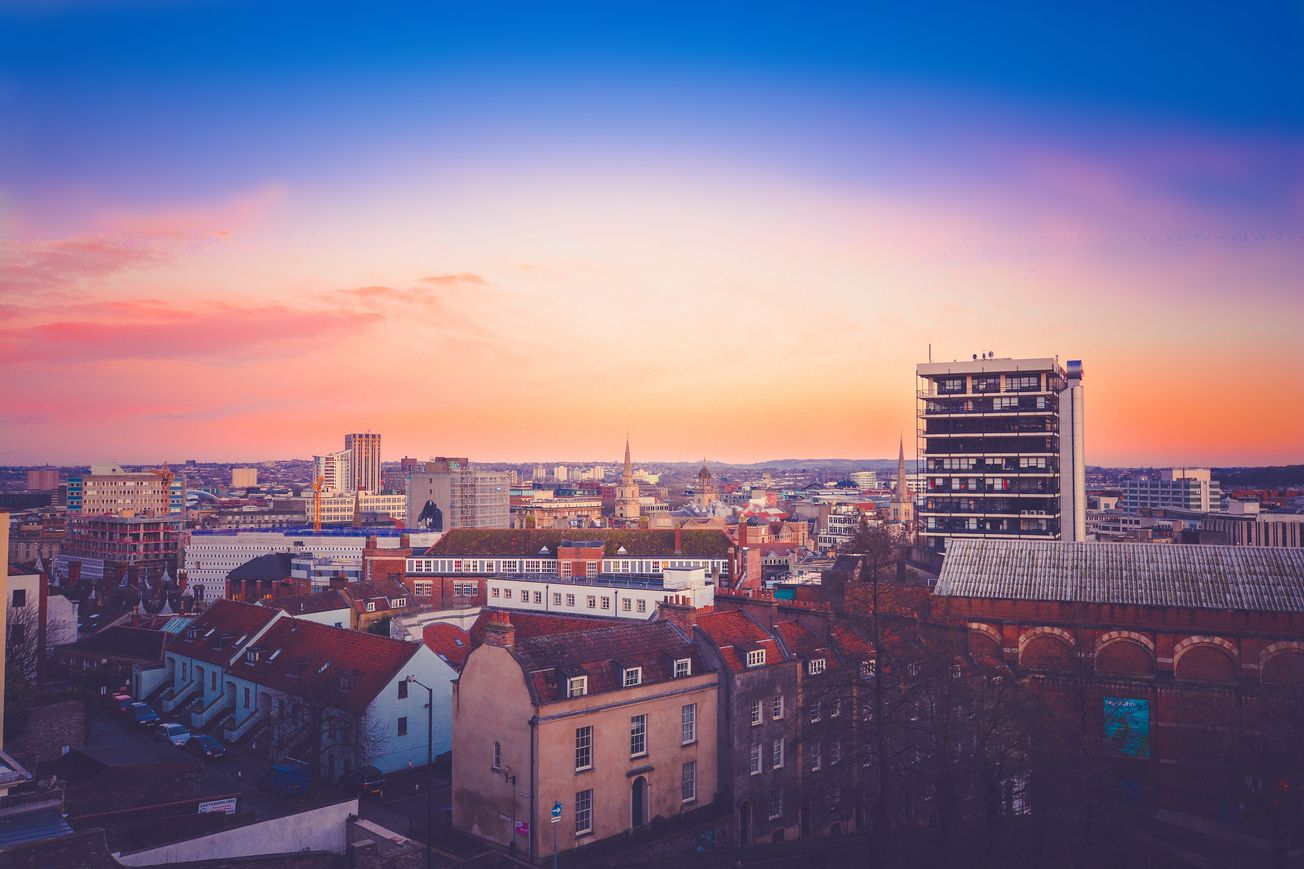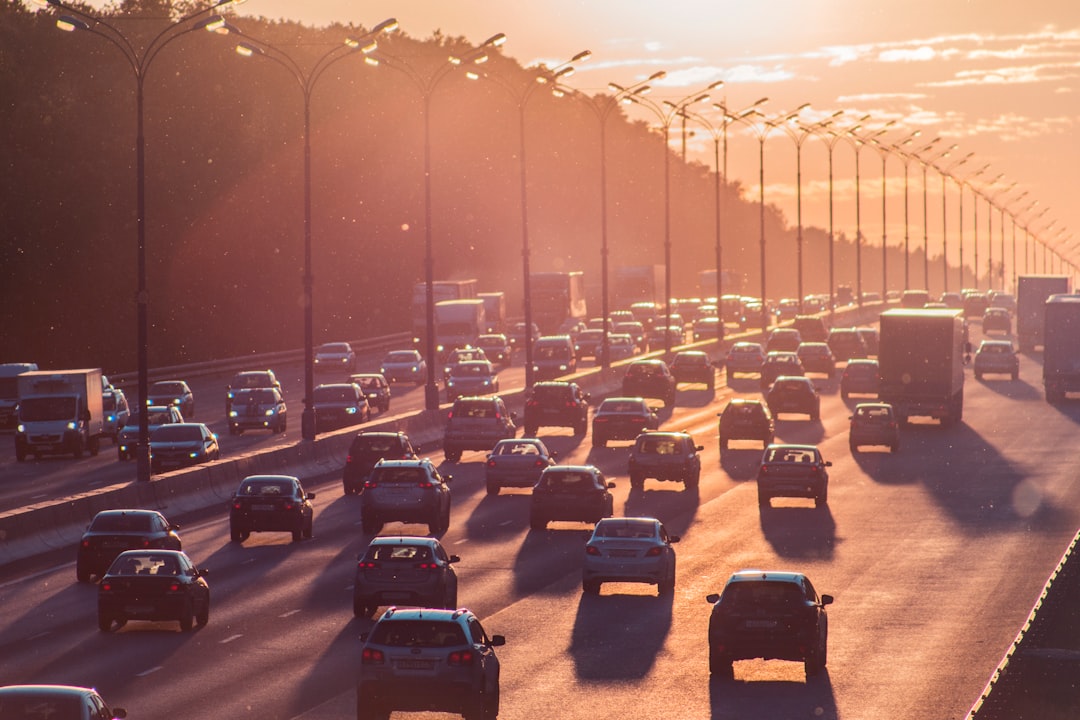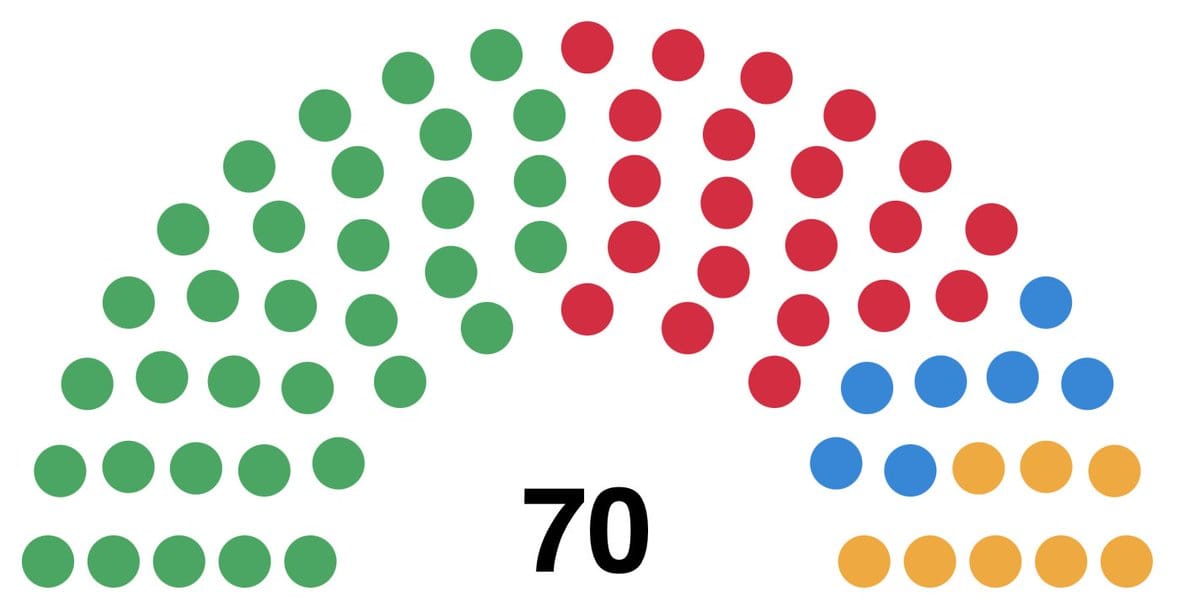By Carissa Wong, PhD Cancer Immunology
Following reports last year of Bristol exceeding the accepted pollution levels, Carissa Wong takes a look at the steps Bristol City Council will implement to reduce this hazard.
Air pollution in the UK is at the centre of a public health crisis and Bristol City Council (BCC) have failed to meet a second deadline to improve air quality set by the UK government. Bristol Mayor Marvin Rees must urgently navigate through the current smog of plans and take action.
 Photo by Matthew Black/ Flickr
Photo by Matthew Black/ Flickr
The UK exceeds the EU legal limit for nitrogen dioxide (NO2) emissions, which is 40μg/m3 per year as recommended by the World Health Organisation. Exposure to gases emitted from petrol and diesel car engines, such as NO2 and small particulates, increases your risk of cancer, dementia, stroke, premature births, and diseases of the heart and lungs.
While diesel engines emit less CO2 compared to their petrol-fuelled counterparts, which is beneficial for curbing global warming, they produce more toxic gases including NO2 and particulate matter, which is estimated to cost Bristol more than £80m in health-related costs per year. NO2 and particulates can travel deep into our lungs causing harmful irritation, while particulates can also enter the bloodstream. 300 people die annually in Bristol due to dangerous emissions, yet politicians consistently fail to prioritise air pollution policies both nationwide and in our city.
The BCC must undertake a 3-stage planning process in order to reduce NO2 emissions to acceptable levels; all plans require approval from the Joint Air Quality Unit (JAQU). JAQU is a governmental unit set up by the Department for Environment, Food and Rural Affairs (Defra) and the Department for Transport, with the role of coordinating the UK’s response to its illegal NO2 levels. Having completed the first stage back in March 2018, which involved assessing a range of methods to tackle toxic NO2 levels, the BCC was given the deadline of 31st December 2018 to submit their second stage of planning. This second plan is called an Outline Business Case and should outline the preferred plan, which can then be taken to the public for feedback. Having failed to meet the initial deadline, a subsequent deadline was given of 21st February 2019, which was also missed.
Thérèse Coffey, Under Secretary of State at Defra has written a public letter to Mayor Rees expressing her dissatisfaction with these shortfalls, “I am absolutely astonished at your delay in improving air quality for the people of Bristol as quickly as possible”. She goes on to highlight the third and final stage requested by central government, which is the submission of a final detailed plan by 27th September 2019. Mayor Rees has responded to Coffey’s letter by stating that current options on the table would have “significant adverse impacts on low income groups”, making the delay “unavoidable”. The BCC therefore requires more time to consider alternative strategies; Mayor Rees notes that they are “urgently reviewing [their] approach”, and emphasises the importance of building “economic resilience for the sake of Bristol and the country”.
Photo by Alexander Popov / Unsplash
What plans have been considered?
Research has shown that bringing a Clear Air Zone (CAZ) into cities is the fastest and most effective way to reduce NO2 levels; London, Birmingham, and Manchester have all made plans to implement CAZs. In Bristol, five main methods have been considered, four of which involve the implementation of a charging CAZ along with several complementary measures. The last method involves a package of 16 measures.
What is a charging CAZ?
A CAZ is an area within a city that is targeted for action to reduce air pollution, while enabling economic benefit and the transition to a sustainable low emission economy. Each city would require its own version of a CAZ; it falls in the hands of the local council to define a CAZ that will benefit the local people. A charging CAZ discourages more polluting vehicles from entering the zone using fees. Unfortunately, this is likely to adversely impact people from lower income areas because they are more likely to own older models of vehicles with more polluting emissions, and may also be more likely to drive vehicles as part of their job. Complementary measures could help to reduce the adverse effects of a CAZ on people with lower incomes, but the BCC has not yet managed to find a package that works.
Where would the CAZ be?
A CAZ can be small, medium or large. Two of the options considered for Bristol included a small CAZ, containing the city centre, while two others involved a medium CAZ, containing the city centre and surrounding residential areas. A large CAZ was not thought to be required.
What else are the BCC doing to reduce air pollution?
The BCC has cleaned up buses and planted 50,000 trees. They also have plans to introduce new walking and cycling routes using the Cycle Ambition Fund, to introduce a new low emission MetroBus service to encourage fewer car journeys and to increase the number of electric vehicle charging points.
For now, these are just plans; until action is taken, lives continue to be at risk.
Featured Image: Chris Lawton/ Unsplash
What's the right way to tackle our pollution problem? Send us your thoughts!










